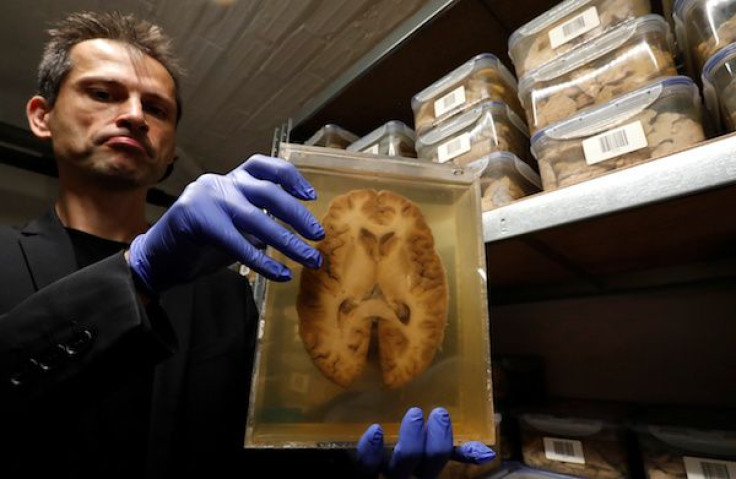3D-Printing, Cryogenics Create Soft Tissue To Replicate Brain, Lungs, Regenerate Damaged Parts

With the use of cryogenics and 3D-printing techniques, a team of researchers has come up with a means to make soft tissue structures that replicate soft organs like the human brain and lungs. The resulting product can then be used for medical procedures that require tissue regeneration and in creating replica organs.
The process in creating soft tissue structures involves the use of solid carbon dioxide (dry ice) as the cooling agent of the hydrogel ink that’s being extruded from a 3D printer. The 3D-printing mechanism is still the same, but the object that is formed is as soft as body tissues, once it thaws. It’s important to note that despite being very soft, the structures do not collapse under their own weight — an issue that previous attempts with a similar technique failed to fully address.
The soft tissue structures produced by the new technique match the softness of certain human body tissues such as the brain and lungs. Hence, the researchers behind the technique claim that the structures can be used as “scaffolds” that would serve as templates for human organs that need tissue regeneration.
This new technique was developed by researchers from Imperial College London in collaboration with Kings College London researchers. They explained the new technique and its possible applications in a study published in the journal Scientific Reports.
The 3D-printed templates can encourage damaged tissues to regrow. Scientists say that by “seeding” porous scaffolds with cells, damaged parts of the body can easily heal without problems that traditional approaches in tissue regeneration have. For instance, tissue rejection will no longer be an issue because the procedure does not involve transplantation. The damaged organs will be able to heal themselves with the help of the soft tissue scaffolds.
For now, the technique has been tried on human skin. Researchers seeded 3D-printed structures with dermal fibroblast cells and this led to the regeneration of connective tissue in the skin. The researchers indicated that there was successful attachment and survival. The positive outcome of the test could encourage more scientists to uncover the other potentials of the technology.
One particular potential that could lead to a breakthrough in the medical field is if the 3D-printed soft tissue structures could be established as an effective way of regenerating neuronal cells in the brain and the spinal cord. Another potential that scientists could tap is using the technique in creating replica body parts or whole organs, which could then be used in the medical training of surgeons. Should the new innovation be used in this aspect, it would only be a matter of time until doctors could practice surgery on replica organs instead of doing so on live subjects.
“At the moment we have created structures a few centimetres in size, but ideally we’d like to create a replica of a whole organ using this technique,” Zhenchu Tan, one of the researchers from Imperial’s Department of Mechanical Engineering, said in a statement Wednesday.
© Copyright IBTimes 2024. All rights reserved.











